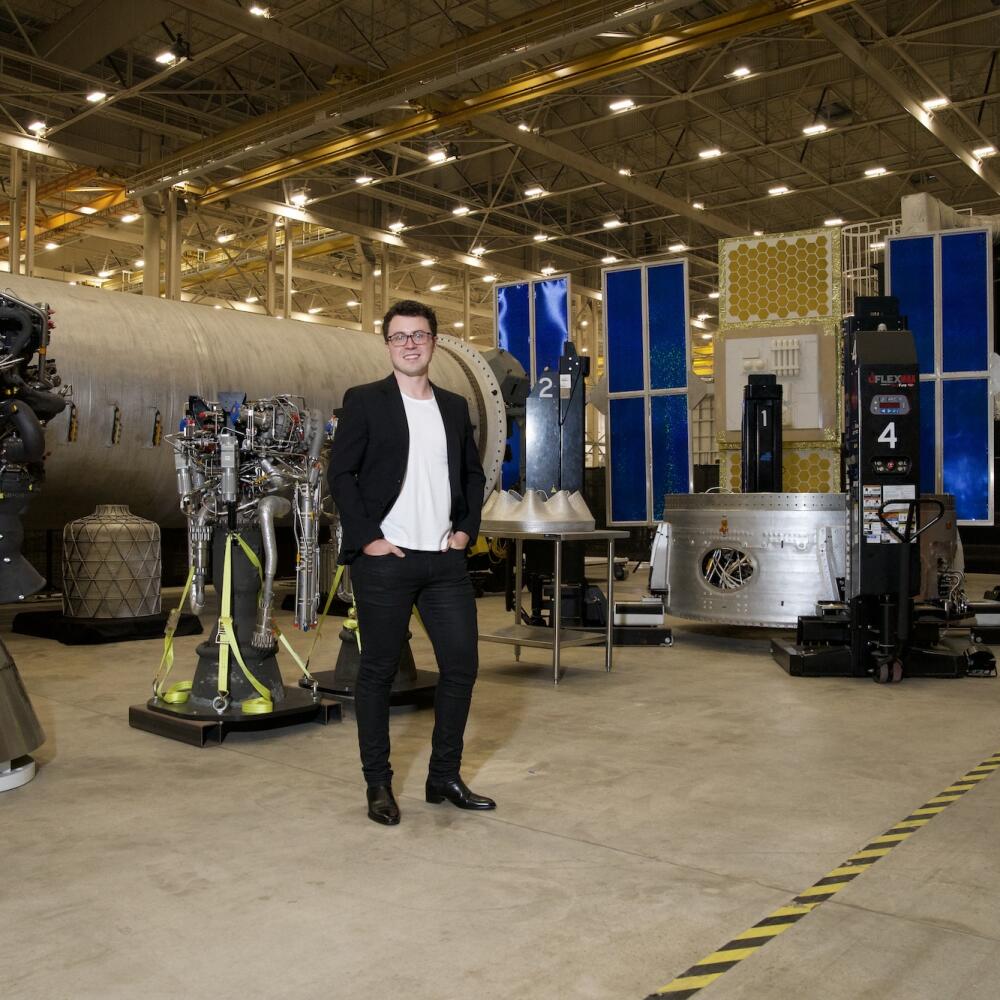
- Share via
For Relativity Space Co-Founder and CEO Tim Ellis, the secret to making a really good rocket is to speed up the time from designing the hardware to getting real test data that is used to improve and iterate. The company is building rockets that leverage 3-D printing in Long Beach that are a combination of high-tech manufacturing and a Silicon Valley startup culture.
“It’s definitely one of the most complex and challenging products, but that’s where the 3-D printing technology is big. We’re iterating so fast and that’s the key to go quickly,” he said.
Traditional rocket manufacturing follows stringent production processes that require a design to be locked from the onset, so that the part can be procured from a vendor. With 3-D printing, Relativity can print a part and start testing within a matter of days. Based on test data, tweaks can be easily made before needing to lock on a design. This is critical to reducing cost and timeframe, but also building the best performing product.
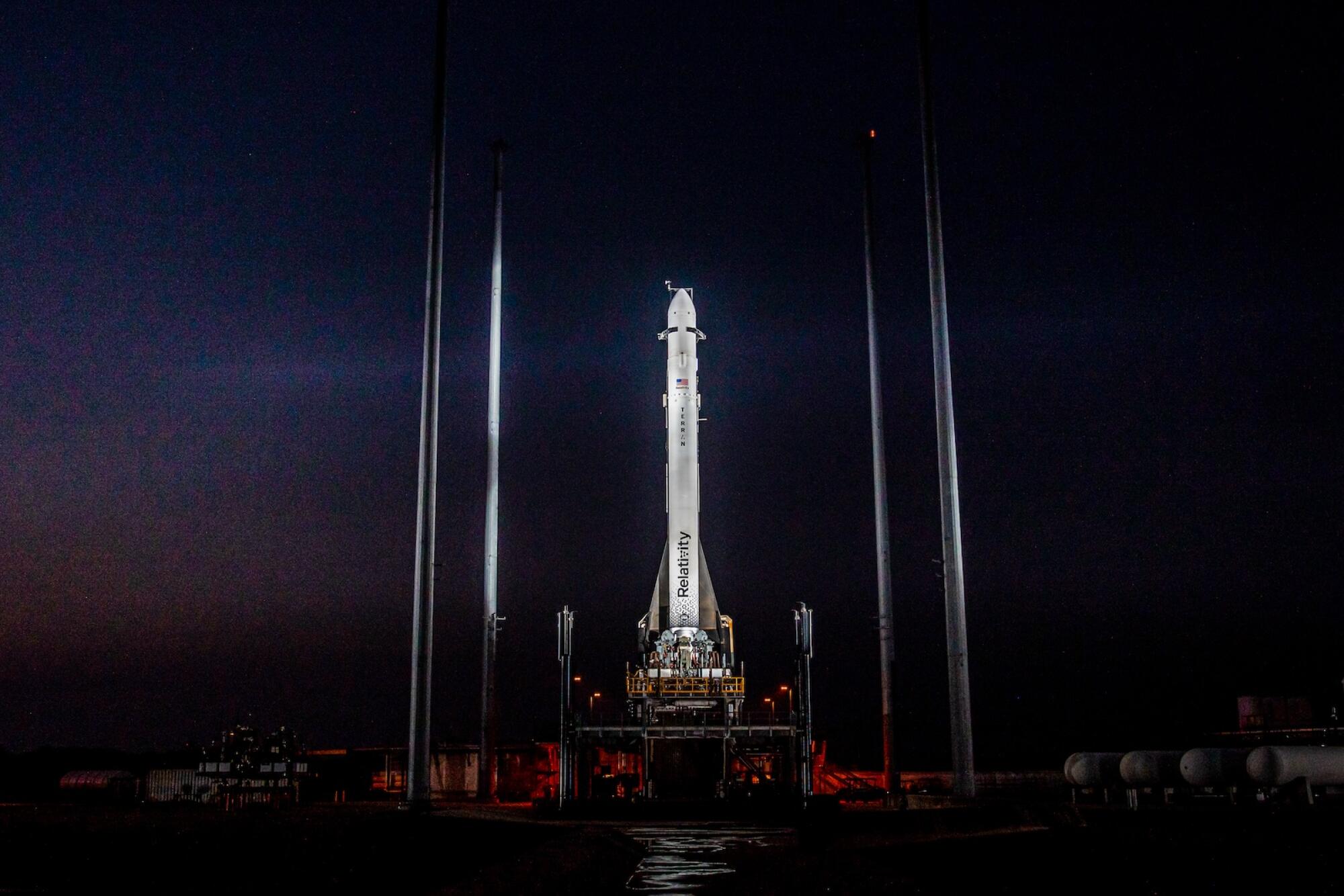
The idea for Relativity Space was borne from Ellis’ experimentation with 3-D printed parts and a vision to 3-D print an entire rocket. That vision combined his creative mindset with technical skills that he learned at the University of Southern California. Ellis, now 35, was born and raised in Texas as the oldest of three siblings. His first job was as a youth soccer referee. When he applied to USC for college, the original goal was to come to Los Angeles to become a screenwriter. He even completed a scholarship application where he said that his dream job was to become a fiction writer or a CEO.
Upon arrival, however, his writing dreams were dashed in a moment of self-doubt, and he decided to focus on aerospace engineering after thumbing through the course catalog. He pursued undergraduate and master’s degrees in aerospace engineering at USC and found a passion for space as a member of USC’s Rocket Propulsion Lab, a student group that designed, built and launched rockets. This group is where he met future Relativity Space co-founder Jordan Noone. During his freshman year, the group built and tested a rocket motor in the Mojave Desert. Notably, it later became the first student group to successfully launch a rocket above the Karman Line, which is recognized as the boundary separating Earth’s atmosphere and outer space.
“I wasn’t even into rockets or space growing up so I wasn’t sure what was going to happen. The engine test was about seven seconds, and it was the most intense thing that I’ve ever experienced in my life,” said Ellis. “It was unbelievably powerful. The air gets thick and soupy. It made me realize that engineering can be creativity with physics.” During college, Ellis worked at Jeff Bezos’ Blue Origin as a summer intern, where he was the youngest person at the company.
There were about 150 employees at the time and the propulsion team was small – about 20 employees. That meant that Ellis had access to the top engineers at the company. He completed three internships there and joined the company when he graduated from USC. He worked as a propulsion development engineer and started the company’s metal 3-D printing division. Several companies had started to 3-D print components, and he convinced the company to bring 3-D printing in-house.
“The engine test was about seven seconds, and it was the most intense thing that I’ve ever experienced in my life. It was unbelievably powerful. The air gets thick and soupy. It made me realize that engineering can be creativity with physics.”
— Tim Ellis, Relativity Space co-founder and CEO
Meanwhile, Ellis’ future Relativity Space co-founder Noone started working as an engineer at SpaceX. Just two years later, the duo decided to quit their jobs to establish Relativity Space The vision was to leverage 3-D printing to re-define the traditional aerospace manufacturing process and eventually, use the technology to build an industrial base on Mars.
They cold-contacted investors and received an offer from Mark Cuban for $500,000 in seed funding to launch the company. Shortly thereafter, Relativity was accepted into the famed Silicon Valley incubator Y Combinator. They had a great idea, but they were young and without clients or investors. Ellis had $100,000 in student loan debt when he launched the company. He said that the entrepreneurship journey is about taking what seemed like crazy risks or naïve risks, but it’s also about hustle and grit.
“At 25, I decided to start a 3-D printing rocket company. I just didn’t know what I was getting into. In hindsight, we figured it out and I’ve had to learn a lot in the process, but that was unbelievably hard,” said Ellis. “Ultimately, the most expensive way for investors to fail and kind of the saddest way to fail is if we built the rocket and then nobody wants it. You have to prove product market fit early. Even in Y Combinator, I was cold-calling customers,” he said. The founders’ long-term vision is to help establish an industrial base for humanity on Mars. It’s fundamental to the company’s mission and represented in the company’s logo, which envisions co-existence on two planets.
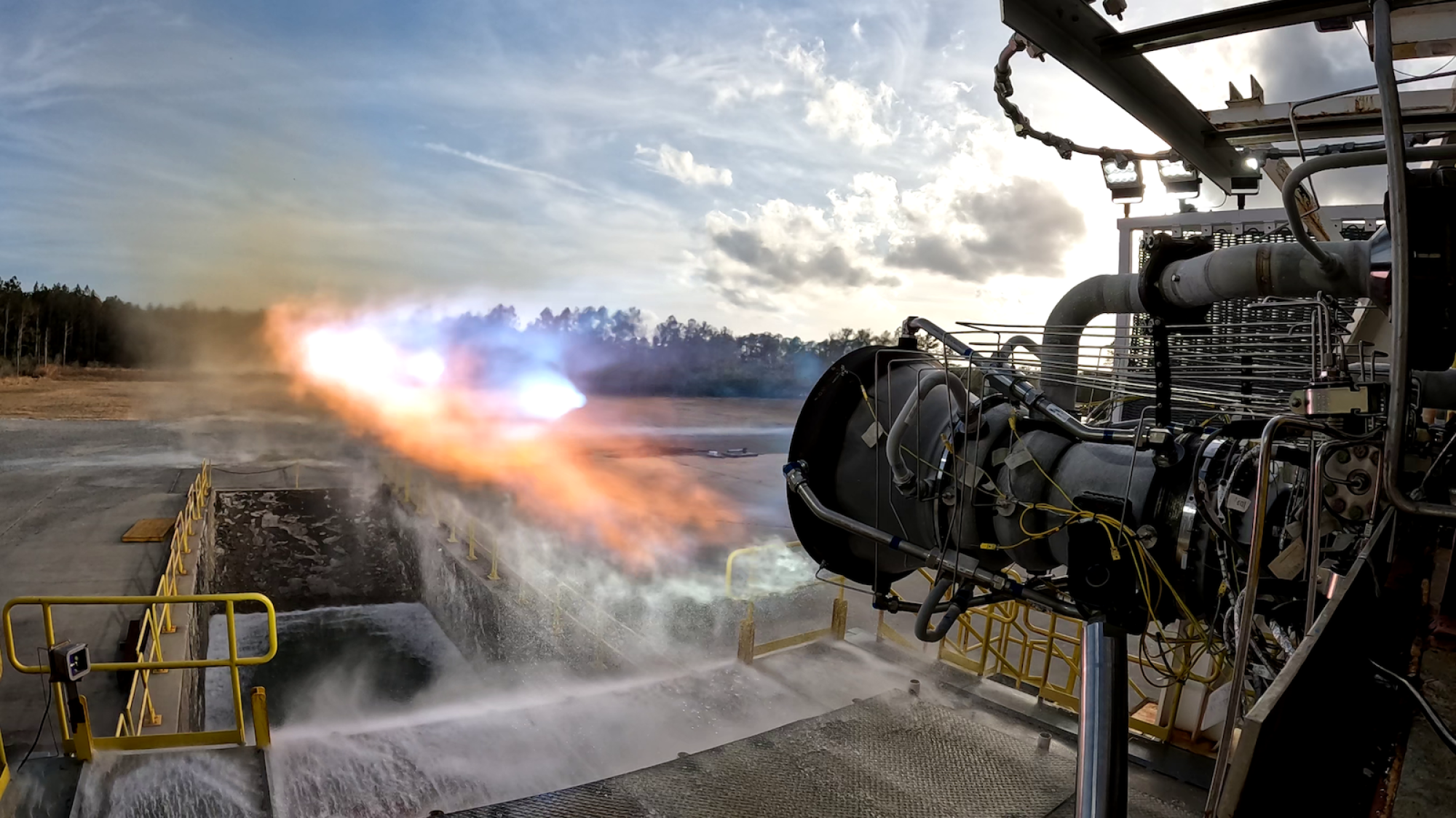
Since its founding, the company has raised $1.33 billion across six funding rounds, most recently at a valuation of $4.2 billion. The company has grown to 1,200 employees and has a test site at NASA’s historic Stennis Space Center in Mississippi and a launch pad at Cape Canaveral in Florida. Investors include well-known institutional funds and individuals. Some investors provide advice and wisdom for the myriad of challenges that startups face.
Ellis said that Mark Cuban has invested in every round and mentioned that Walt Disney Co. chief executive Bob Iger and entertainment executive Michael Ovitz have both personally invested in the company and provided guidance. Noone served as Relativity’s chief technology officer but departed the company in 2020 and co-founded Embedded Ventures, an early-stage venture fund focused on space operations, engineering and manufacturing.
As of June, Relativity Space had sold over $2 billion in launch service agreements to more than 10 clients. It will launch from its own dedicated orbital launch site at Cape Canaveral, where it became the fourth company to have a dedicated pad. The others are United Launch Alliance, a joint venture of Boeing and Lockheed Martin; SpaceX and Blue Origin.
Relativity’s contracts include a partnership with Redondo Beach-based Impulse Space Inc. to deliver the first commercial payload to Mars. The partnership calls for Relativity to launch Impulse’s Mars Cruise vehicle and Mars Lander, which Ellis stated is on the launch calendar for 2026 or 2028.
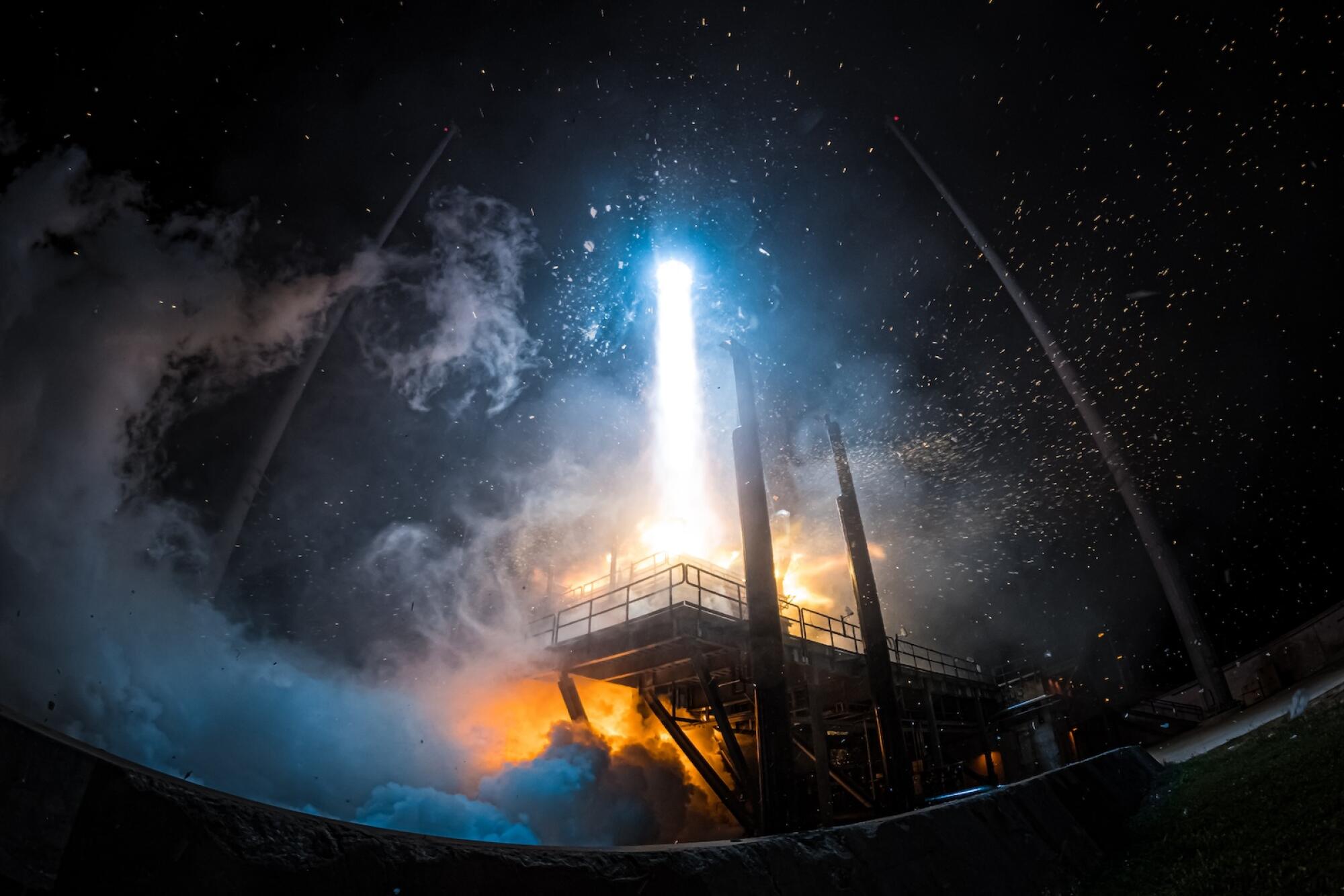
Relativity initially planned to fly a small rocket dubbed Terran 1. However, it pivoted from Terran 1 after just one flight to the larger Terran R, which can haul over 20 metric tons to low Earth orbit. Terran R is a 270-foot tall, 18-foot wide, two-stage reusable rocket powered by Relativity’s Aeon R engine that is designed to compete in the market currently dominated by the SpaceX Falcon 9. Terran R will prioritize first-stage reusability, meaning that part of the rocket will have capability for use in multiple launches.
“The world is actually facing a supply crisis in launch because the demand for satellite launches is bigger than the supply of rockets. The world is literally sold out of commercial launches through the end of 2028. Right now, you cannot buy a rocket at any price from most of the major suppliers. Companies like Amazon are building their own satellite networks,” said Ellis.
Finding the right facility in Southern California was key to the company’s rapid expansion and future commercial success. It draws from a large talent pool of engineers and other aerospace professionals and has plentiful access to materials due to a robust supply chain infrastructure. Relativity signed a lease in 2021 for its Long Beach headquarters in a one-million-square-foot warehouse at the Goodman Logistics Center adjacent to Long Beach Airport. The massive building on a 93-acre site was a former Boeing C-17 Globemaster manufacturing plant and has capacity for more than 2,000 employees along with the necessary equipment that includes the company’s proprietary metal 3-D printers.
The company moved in last year and has room to grow. Nearby, Relativity proposed building a 200-foot tall tower and pad for static rocket testing but has yet to receive approvals. “There’s really not a lot of buildings like this one in the United States. You could build one, but you’re going to build it way out in the middle of nowhere and then getting talent there is very difficult,” said Ellis.
Southern California is the largest space engineering hub in the country, if not the world, according to Dr. Leon Alkalai, a retired technical fellow and 32-year veteran of NASA’s Jet Propulsion Lab (JPL) and the California Institute of Technology. He held numerous leadership positions and was responsible for the capture leadership of both the GRAIL mission to the moon (2007) and the INSIGHT lander on Mars (2012). He received Distinguished Individual Achievement medals from NASA in 2011 and 2019 for his contributions to those missions. He launched Pasadena-based Mandala Space Ventures three years ago after retiring from JPL. The company is a combination of an incubator and an accelerator that advises on investments, provides mentorship and technical due diligence while striving to create a community for the local space tech industry. It also has a venture fund that makes direct investments.
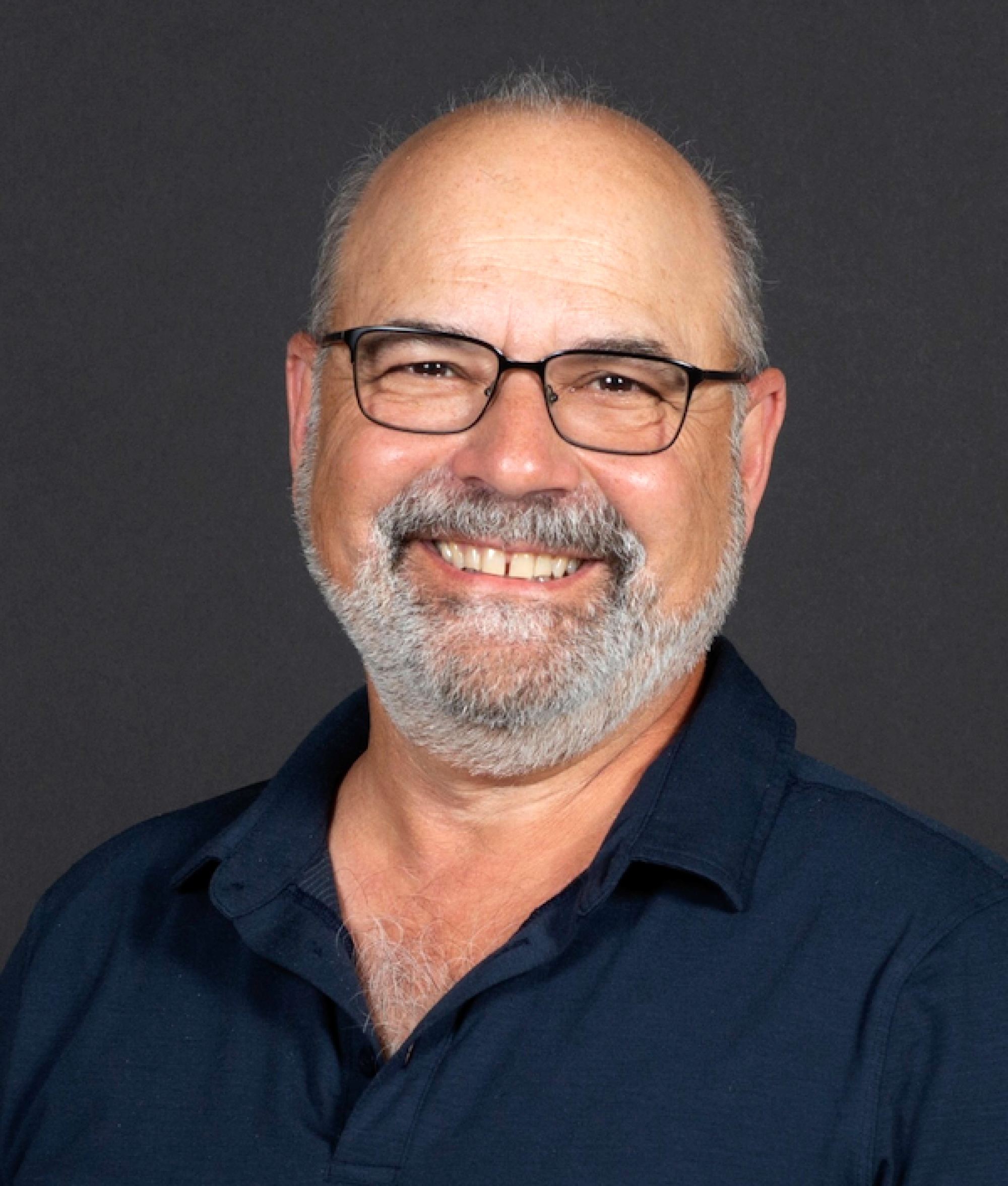
- Dr. Leon Alkalai, Mandala Space Ventures
“There are a few space engineering hubs around the country but not anything compared to what we have in broader Los Angeles,” said Dr. Alkalai. “It’s the center of a space-industrial revolution. We’re moving from Earth to lower orbit and then the moon. There’s more and more need to put things into space. It used to be prestige and science, but now it’s the economy,” he said. Dr. Alkalai is not an investor in Relativity Space, but he did briefly interact with it on a consulting assignment for a venture capital firm about six years ago. He performed a technical due diligence and saw its first 3-D printing machine in El Segundo. The company didn’t have significant financing or other facilities.
“They were the first to make that leap to say that they aren’t just going to 3-D print an engine or component but the whole system and launch vehicle. That was a grand vision. In hindsight, it was a challenge to see the growth to where they are now,” said Dr. Alkalai. California Institute of Technology and the Jet Propulsion Lab (JPL) in Pasadena anchor the ecosystem, but there’s a range of companies from Santa Barbara to San Diego that include the entire spectrum of startups to legacy aerospace giants that benefit from access to the region’s talent pool and infrastructure. A strong university system helps educate the next generation of engineers and high-tech workers.
Relativity Space is part of a group of companies focused on launch vehicles and propulsion systems. Hawthorne-based SpaceX is by far the largest and most advanced in the sector. SpaceX employs about 7,000 people in Hawthorne, according to the city’s latest annual financial report. It has successfully launched rockets 362 times as of June 30, which includes 326 total landings and 295 reflights of those spacecrafts. Industry estimates pegged SpaceX revenue at nearly $9 billion in 2023, and it is projected to generate $15 billion this year, based on the scheduled launch capacity combined with revenue from the company’s Starlink satellite internet network. SpaceX was rumored to be raising funds at a valuation of $210 billion recently.
Companies such as Northrop Grumman, Boeing and Raytheon have all utilized 3-D printing for some components and have space tech initiatives. Other well-established companies that comprise the space tech ecosystem include Rocket Lab in Long Beach and Costa Mesa-based defense contractor Anduril. Additionally, there are dozens of startups focused on rockets, satellite networks, space tourism and in-space manufacturing, such as El Segundo-based Slingshot Aerospace.
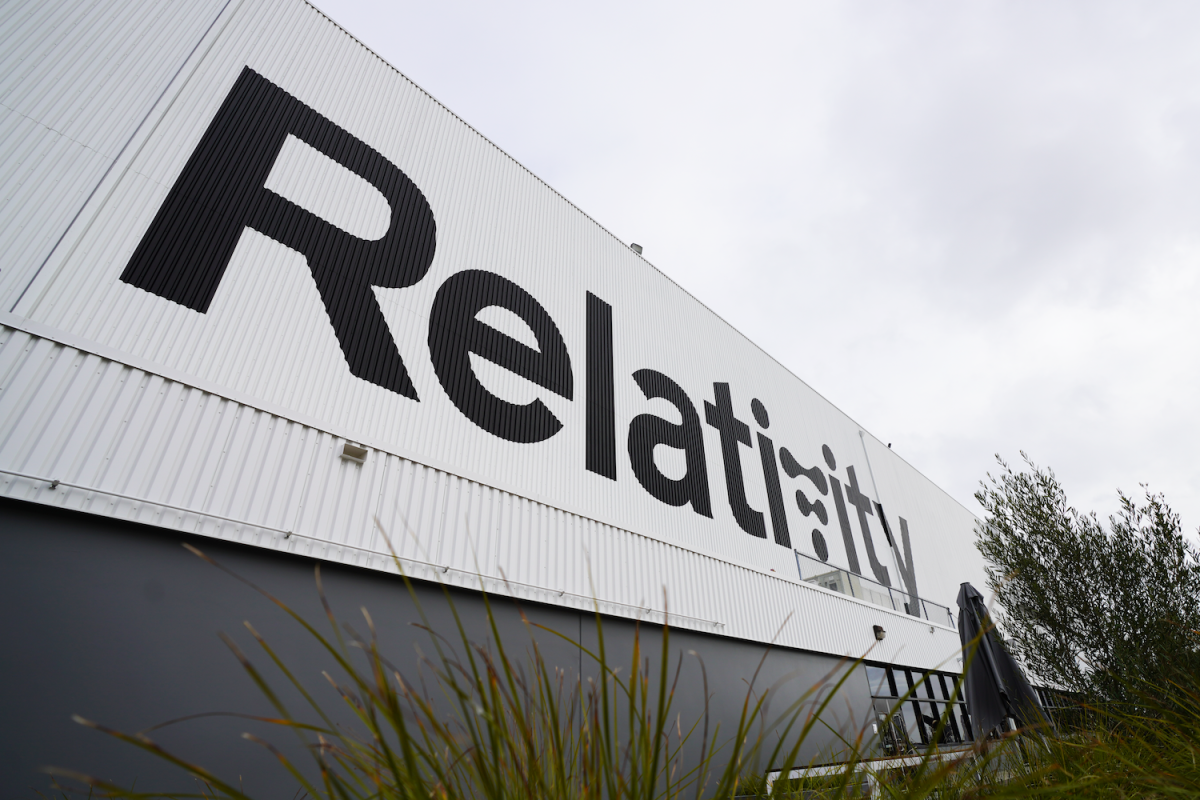
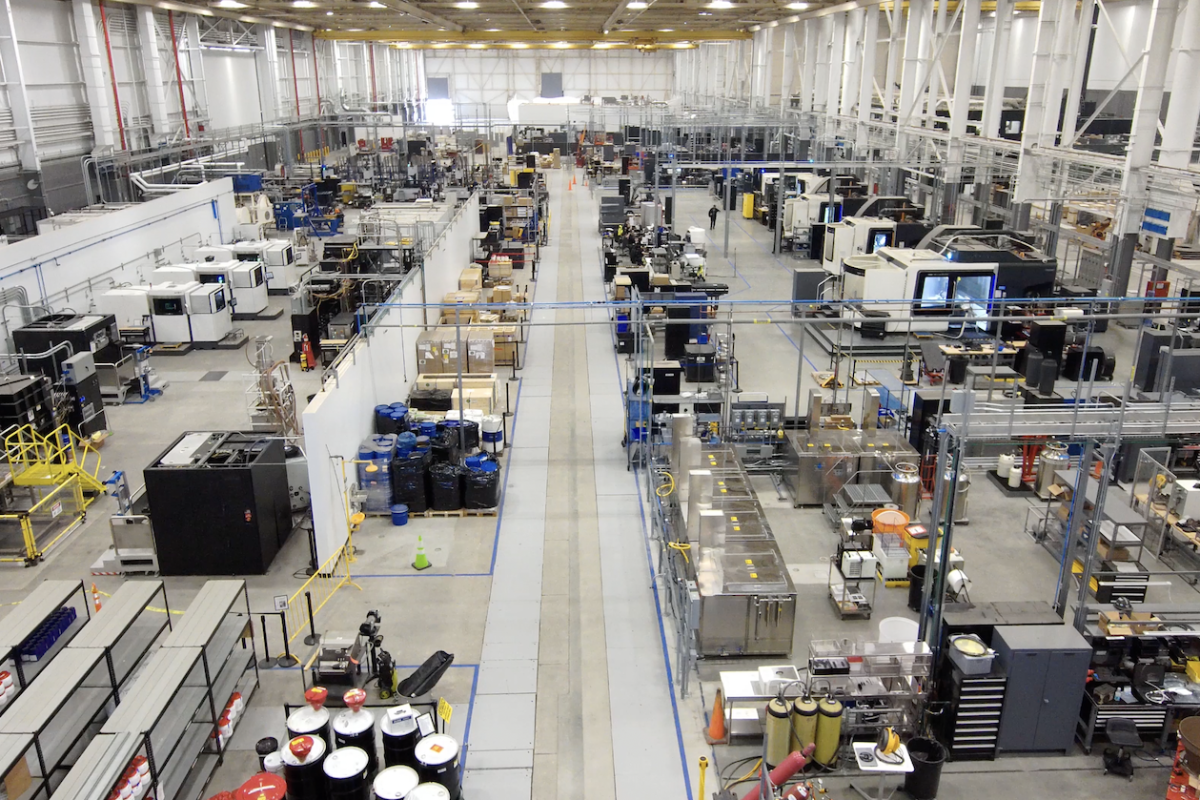
“There’s a whole lake of demand to go into space. Companies want to launch satellite constellations for climate change monitoring, disaster and weather monitoring, agriculture and large-scale data centers in space,” said Dr. Alkalai. He noted that national security and defense is a huge industry and there are applications for manufacturing as well. The U.S. leads the way, but there are launch vehicles being developed in Europe, Singapore, India and China.
According to LeoLabs, a Menlo Park-based company that utilizes a global network of ground-based radars to track objects in space, there are currently more than 20,000 objects in lower earth orbit. NASA defines lower earth orbit as the area with an altitude of 1,200 miles or less. This distance is considered near enough for transportation, communication, observation and resupply. It’s the area where the International Space Station currently sits and where many future platforms will be located.
Moon Mission
Of course, NASA has plans to go beyond low Earth orbit. The various missions to the moon and Mars have spawned space technology with commercial applications at home. Earl Cole founded Los Angeles-based The SMART Tire Company four years ago as part of a NASA-sponsored program. The program was originally organized in Cleveland but opened to a national competition when it went virtual during the pandemic. Cole, who lives in Los Angeles, developed a business plan for how to commercialize NASA’s airless tire technology and won the exclusive rights to commercialize it. Although his company is small and still in the development phase, he sees vast potential for the industry.
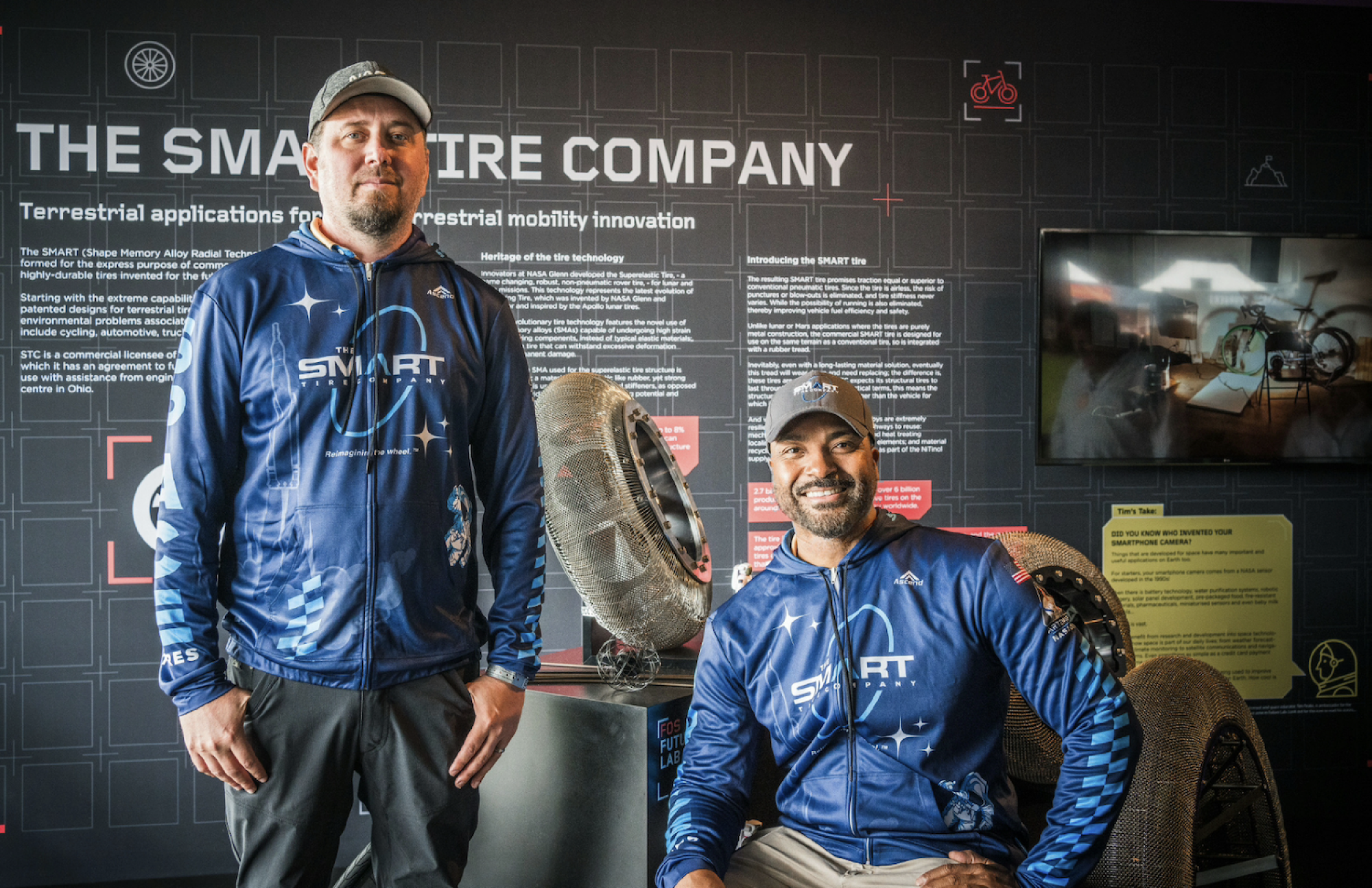
“It’s a trillion-dollar market unfolding before our eyes,” said Cole (right), referring to the commercial value of technology unlocked by the space program. “We already have 15,000 people on a waiting list for an airless tire. We are doing space work with NASA’s Lunar Terrain Vehicle program for the next version of the moon buggy,” he said. Cole used a combination of crowdfunding and self-funding to launch the company. He may engage with venture capital when the product is ready to scale. It uses a metal called Nitinol that is most commonly used in heart replacements.
Both startups and legacy companies see the potential for tremendous economic growth, even as some companies have failed in the highly competitive space tech sector. Competition is only growing stiffer as more companies and capital flow into the industry. Demand from governments and private companies that utilize low Earth orbit for satellites and other technology is very strong right now, and SpaceX is currently the only company with the launch capacity to support the industry. Notably, Sir Richard Branson’s Virgin Orbit shuttered last year after a launch failure. Nevertheless, the hope is that startups such as Relativity Space will create a diverse and robust space economy.
“Tim Ellis has yet to write his full story of success. It’s still being written and there’s a way to go,” said Dr. Alkalai. “The journey is not over. This industry is very tough. If the young don’t learn from the past, then they will repeat the mistakes.”
- David Nusbaum
